4 Cities Spearheading the Smart City Revolution
New York City, Paris, Tokyo and Reykjavík are smart cities focusing on urban development that delivers the best outcomes for citizens
The Smart Cities Approach
With more than half the world’s population living in cities, a figure that will rise to 68% by 2050, the way cities are built, planned, built and managed is more important than ever.
But improving urban services through digital transformation is only one aspect of becoming a “smart city”. The concept encompasses much more than technology to ensure that a city’s urban design and services work towards improving the quality of life for the people who live there.
These four cities are leading by example in mobility, sustainability, security and connectivity.
New York City – Water Conservation
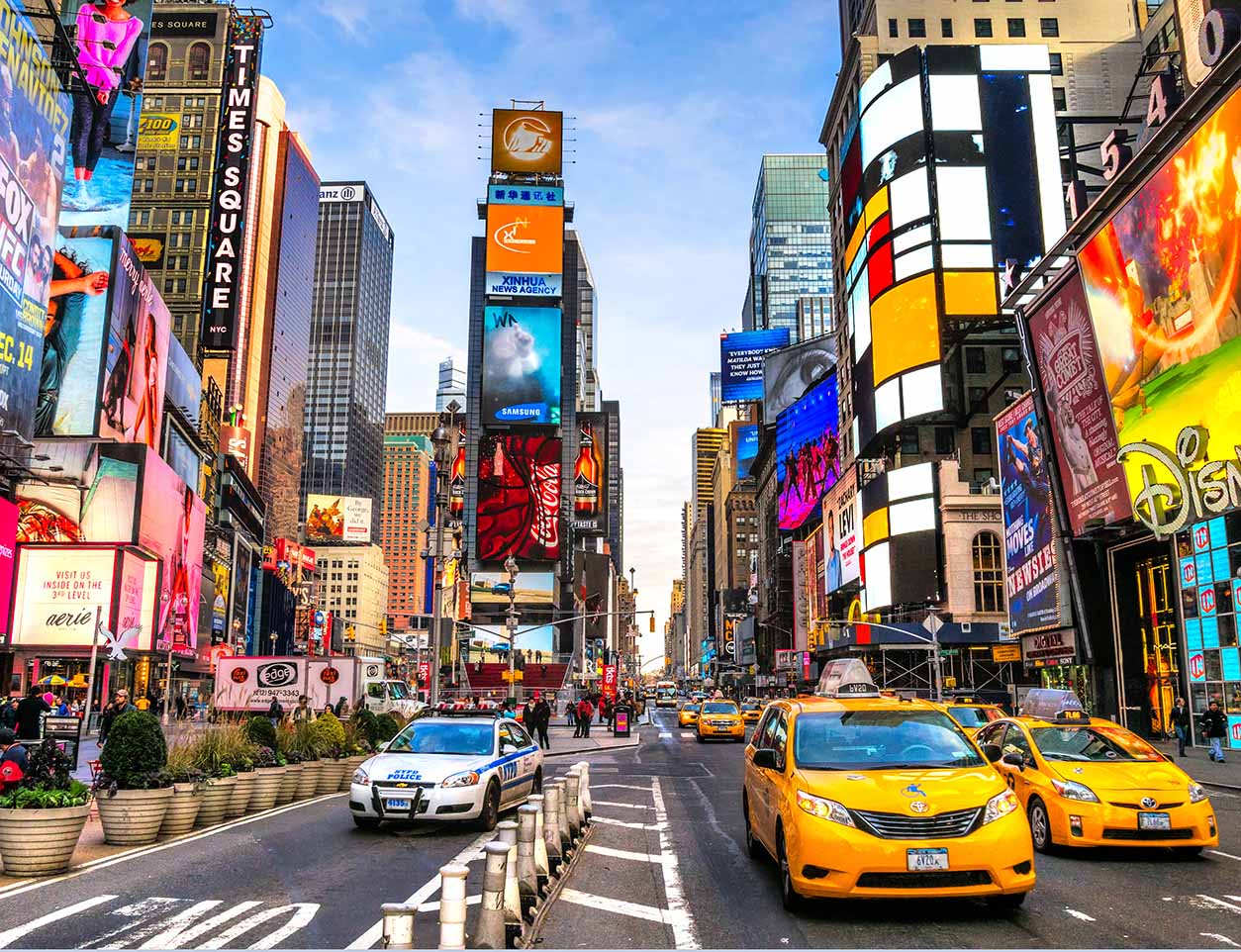
As global water consumption rises, cities face the complex task of reducing water demand while simultaneously increasing the reliability of their water supply systems.
With a population of 8.5 million, water conservation is particularly critical for New York City, which consumes 1 billion gallons of water each day – no drop in the ocean.
However since 2013, concerted efforts by the New York City Department of Environmental Protection (DEP) to lower water consumption have achieved savings of more than 10 million gallons of water per day.
Among its many successful initiatives, DEP turned to automatic meter reading (AMR) devices, installing the units in more than 800,000 properties. The units are equipped with a low-power radio device which communicates with a network of receivers installed at various points across the city, which are managed through collaboration with the Department of Information Technology and Telecommunications. This saves time, as DEP staff don’t need to visit the meters to take manual readings, and enables the department to get an up-to-date snapshot of water consumption.
The devices are integrated with a smartphone application that can be accessed by property owners, which details consumption by the day, week, month and year. Users can even be notified of their water consumption four times a day, while larger users can watch live hourly data updates. This empowers customers by giving them more information about their water usage, assisting in both conservation and leak detection.
Other methods to reduce water demand throughout the city have led to a host of benefits, from increasing flexibility in DEP’s operations to keeping water bills affordable, while reducing the city’s energy footprint and carbon emissions as a result of treating less drinking water and wastewater.
Much of DEP’s water conservation strategies relied on established partnerships to implement and identify new conservation projects and ongoing programmes, including retrofits and upgrades of city facilities.
A partnership with the Department of Education saw old toilets and urinals in the city’s schools replaced with newer, water-efficient models, while a collaboration with the New York City Fire Department led to the installation of a closed loop system at Randall’s Island Training Facility. The system reuses water to test, wash and clean equipment, and train new firefighters – a measure that saves an estimated 30,000 gallons of water per day.
Another unique strategy, The Water Challenge, led to partnerships with the city’s universities, which has engaged campus facility staff in water conservation strategies and fostered a water conservation ethic among students. Participating universities set a goal to voluntarily reduce water usage by 5% from their baseline year, and to help them meet the goal, DEP connects campus facility staff to a diverse forum of peers, industry experts and sustainability organisations that provide best practices and technical assistance.
This Interactive Demand Management Map shows a detailed view of completed water conservation projects across New York City.
Paris – Mobility and Clean Transportation
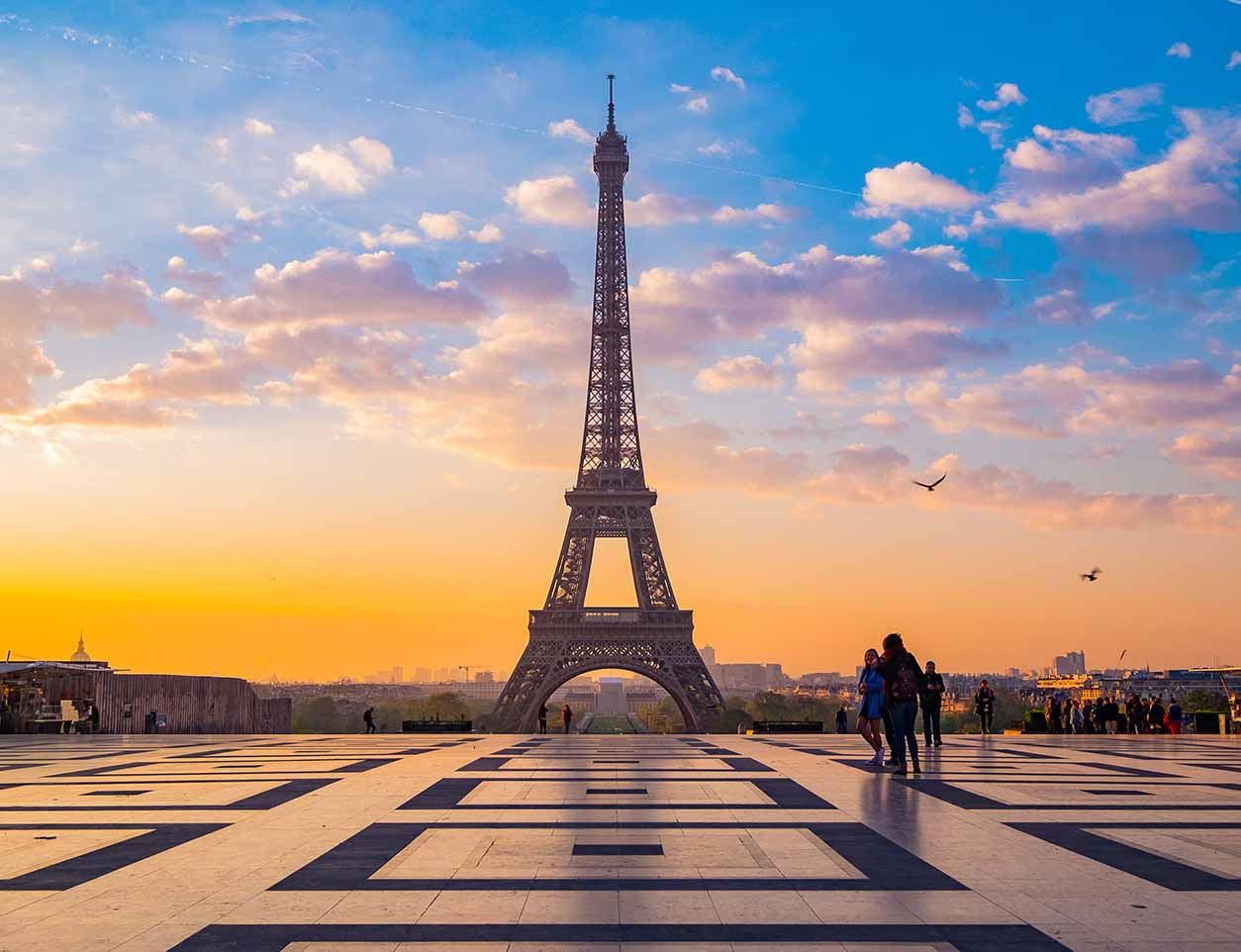
With Paris Mayor Anne Hidalgo making environmental policies a top priority, the French capital has a wide range of initiatives that promote clean transport through the use of bicycles and electric vehicles.
This includes Vélib, a large-scale public bicycle sharing system, which has the aim of alleviating traffic congestion and reducing emissions. Vélib introduced about 14,000 bicycles into regular use throughout the city. Riders can simply access the bikes where and when they want them and drop them off at free docking stations at the end of their journey. Around 30% of the fleet of bicycles are electric, and the bike-sharing system recently deployed AI to help optimise and grow the scheme. Better still, the city recently announced the share-system would be free for those aged 14-18.
Paris’s ambitious plans to double to number of cycle lanes from 700km to 1,400km by 2020 are underway, and the city has released plans for the RER V cycle network, a new suburban bicycle network that will make it easier for suburban commuters living outside the ring road to cycle to work.
The Veligo e-bike test programme is another initiative launched in September 2019, which allows residents to rent e-bikes for up to six months at a rate of €40 a month, half of which can be covered by employers. Another proposed initiative, starting from February 2020, would grant 10 million residents of Paris up to €500 to put towards the purchase of an electric bicycle. The e-bike subsidy programme is a model being adopted by a growing number of governments to make green transportation a cheaper option, reduce traffic and pollution and help citizens stay fit.
The construction of bike paths may have left motorists disgruntled, but it appears the push is working. Paris saw a 54% increase in bike use between September 2018 and September 2019. In 2019, Paris was ranked 8th on the Copenhagenize index’s list of best cycling cities.
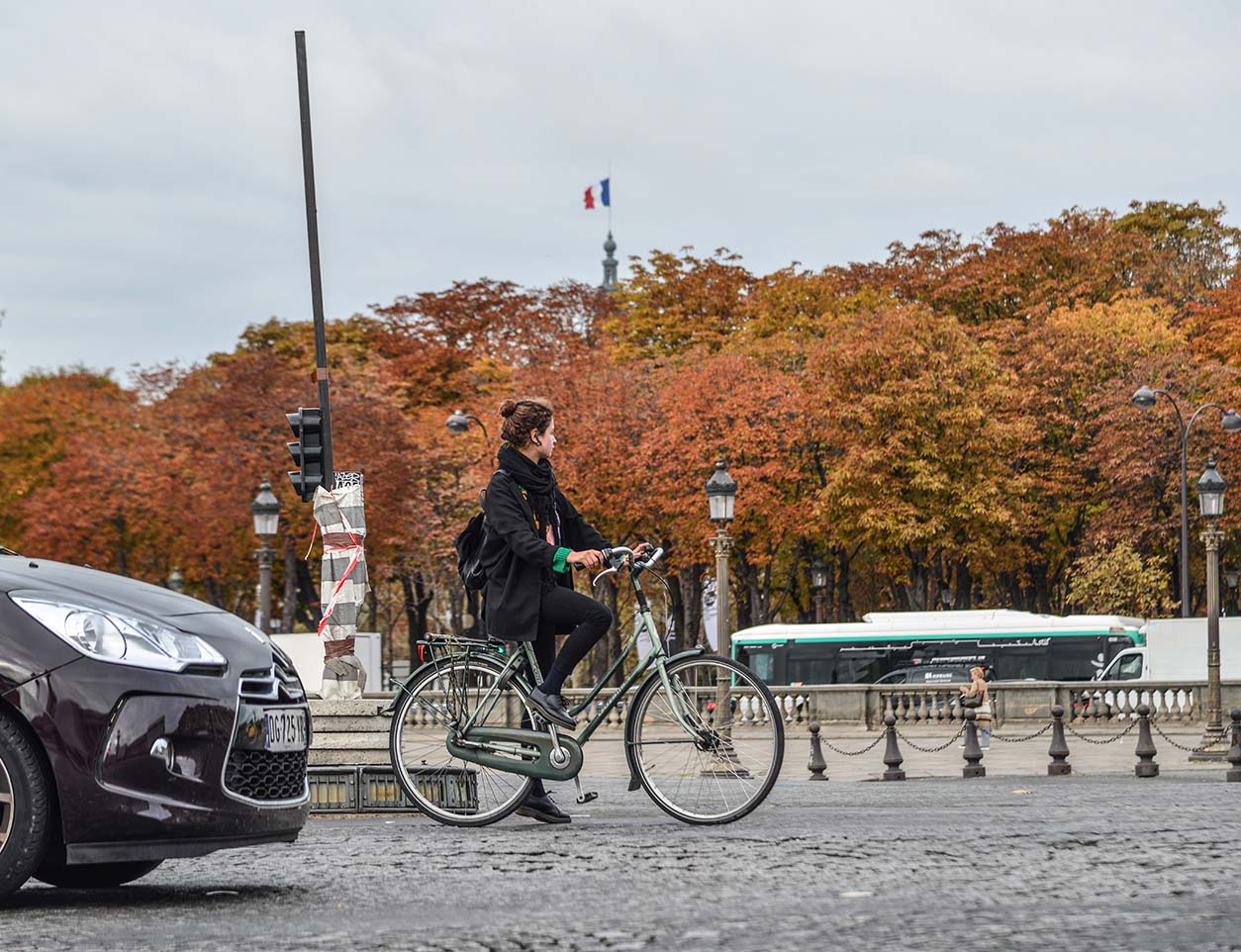
Aside from promoting bike use, the Mayor’s drive to reduce the number of cars on the road and promote public transport led to the announcement that from September 2019, every Parisian child under the age of 11 and Parisians with disabilities under the age of 20 are able to use public transport free of charge. Older youth using public transport are able to claim a 50% reimbursement on their Imagine’R travel card.
Then there’s the Grand Paris Express project – one of Europe’s most ambitious mobility projects to date.
With a projected €30 billion cost, the mammoth plans to develop rapid transit lines across the whole of the metropolitan area will rethink and redesign the transport network, adding four additional metro lines, 200 kilometres of new rail lines and 68 completely new interconnected stations.
The Metro system expansion may just turn Paris into one of Europe’s most bike-friendly cities, meaning everyone in the Petite Couronne area, a suburban area immediately surrounding the historic city, home to roughly 4.5 million residents, would live within two kilometres of a metro or RER station – approximately an eight-minute bike ride away.
Reykjavík – Clean Energy and a Citizen-first Approach
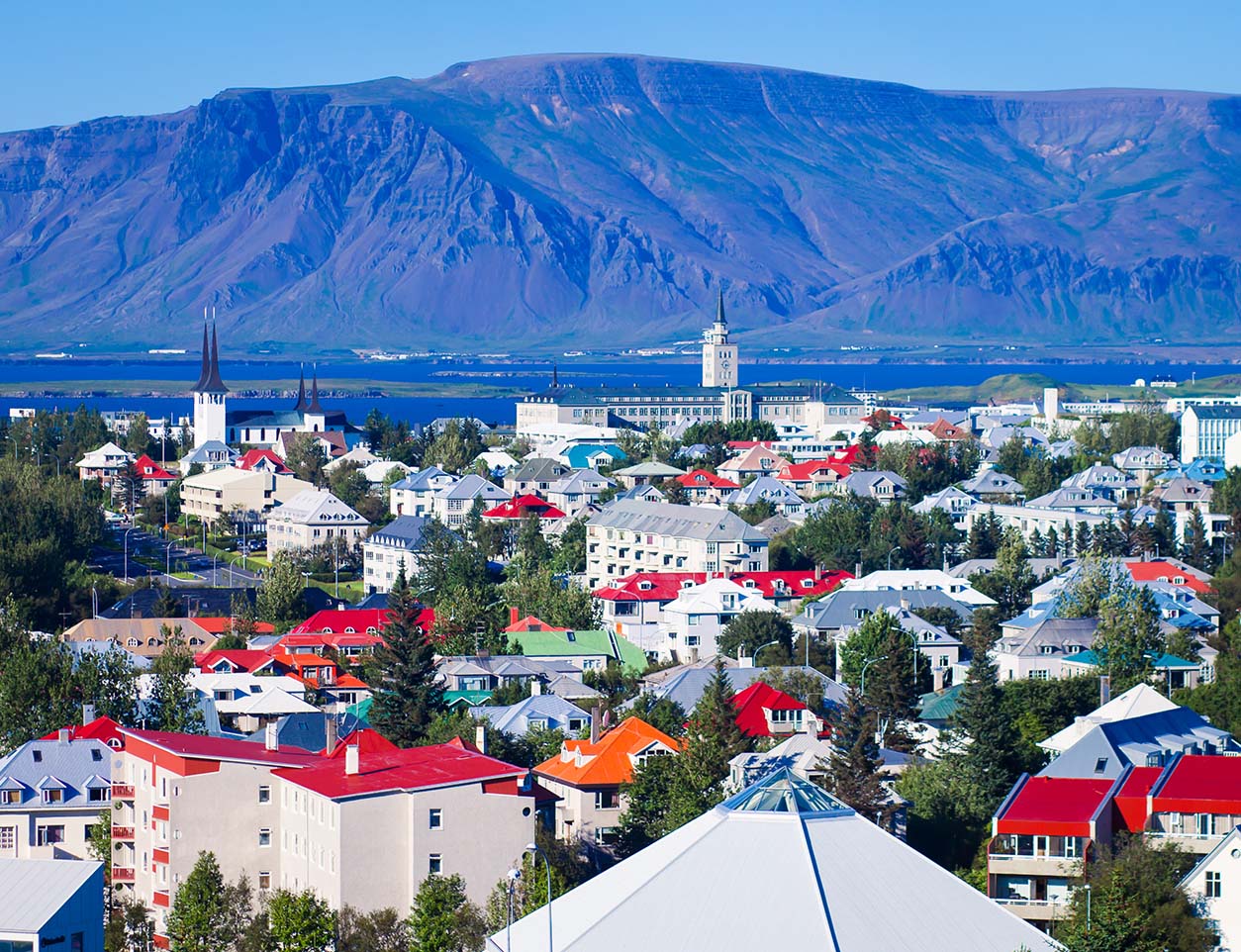
Despite being a small city, the Icelandic capital of Reykjavík has an impressive track-record and commitment to preserving the environment, pledging to promote the use of renewable energy, reduce its dependence on fossil fuels and reach zero carbon emissions by 2040.
Reykjavík’s determination to ensure a future of clean air and energy for its citizens is well underway – albeit with a sizeable head start thanks to the nation’s volcanic geology, which enables its vast geothermal resources to be harnessed to produce clean energy.
Reykjavík energy company ON Power, a world leader in the utilisation of geothermal energy, produces electricity and geothermal water for heating. This means that in Reykjavík, all electricity is produced with hydroelectric power and houses are geothermally heated, while energy usage in district heating releases no greenhouse gas.
With transport now the main source for greenhouse gas emissions in Reykjavík, the Municipal Plan 2010-2030 pledges to boost the use of public transport and the ratio of pedestrians and cyclists. By 2030 the ratio of automobile traffic will be 58%, public transport will be at 12% and walking and cycling traffic will be at 30%.
To further reduce the number of cars on the road, a new bike share service, called Framúrskarandi has launched, offering citizens use of 100 bikes within the city limits, which they can book via a smartphone app.
The city also has plans underway to offer residents free bus travel on so-called ‘grey days’ when air pollution in Reykjavík exceeds safety levels, helping to raise awareness and encourage the use of public transport. In another move to clean the air, Reykjavík City Council has approved plans to reduce the capital’s 75 gas stations to 37 in the next six years.
For any smart city transformation, it is vital to put citizens first. As part of its efforts, Reykjavík involves the public in its policy-making through Better Reykjavík, a crowdsourcing platform where citizens submit ideas or solutions to urban challenges, from school opening times to new playgrounds. Policies are critiqued, voted on and submitted to city councillors, leading to some policies, including more field trips for schoolchildren and better support for the homeless, becoming law.
The eco-minded ethos of the city also supports pioneering architectural designs to make buildings in the city greener. Some of these designs may transform urban centres around the world. The climate leadership group, C40 Cities, included two Reykjavik winners in its Reinventing Cities competition, which recognises innovative ways to reduce the carbon footprint of new and existing buildings.
The first, Lifandi Landslag (Living Landscape), is a zero-carbon, mixed-use building that harnesses Passive House standards – the only internationally recognised, performance-based energy standard in construction – and objectives for energy efficiency. Once complete the project will be Iceland’s largest wooden building.
The second, Fabric, integrates co-living and co-working spaces into a low-energy hub, constructed with low-carbon building materials such as locally produced wood and stone wool, green walls and roofs, greenhouses and a thermal winter garden.
The wellbeing of citizens is also important to Reykjavík. The city recently granted approval to a major biodome complex in Reykjavik – a year-round tropical oasis described as a “forest spa” that aims to connect people with nature, support sustainability and boost wellbeing during the region’s dark winter months. With a plant nursery, a farm lab and plaza, a restaurant and a café, and a marketplace for local produce among the features, the ALDIN Biodome by International architectural firm WilkinsonEyre will have gardens and orchards, meditation and yoga spaces, play areas for children and even areas where citizens can work beneath a canopy of trees.
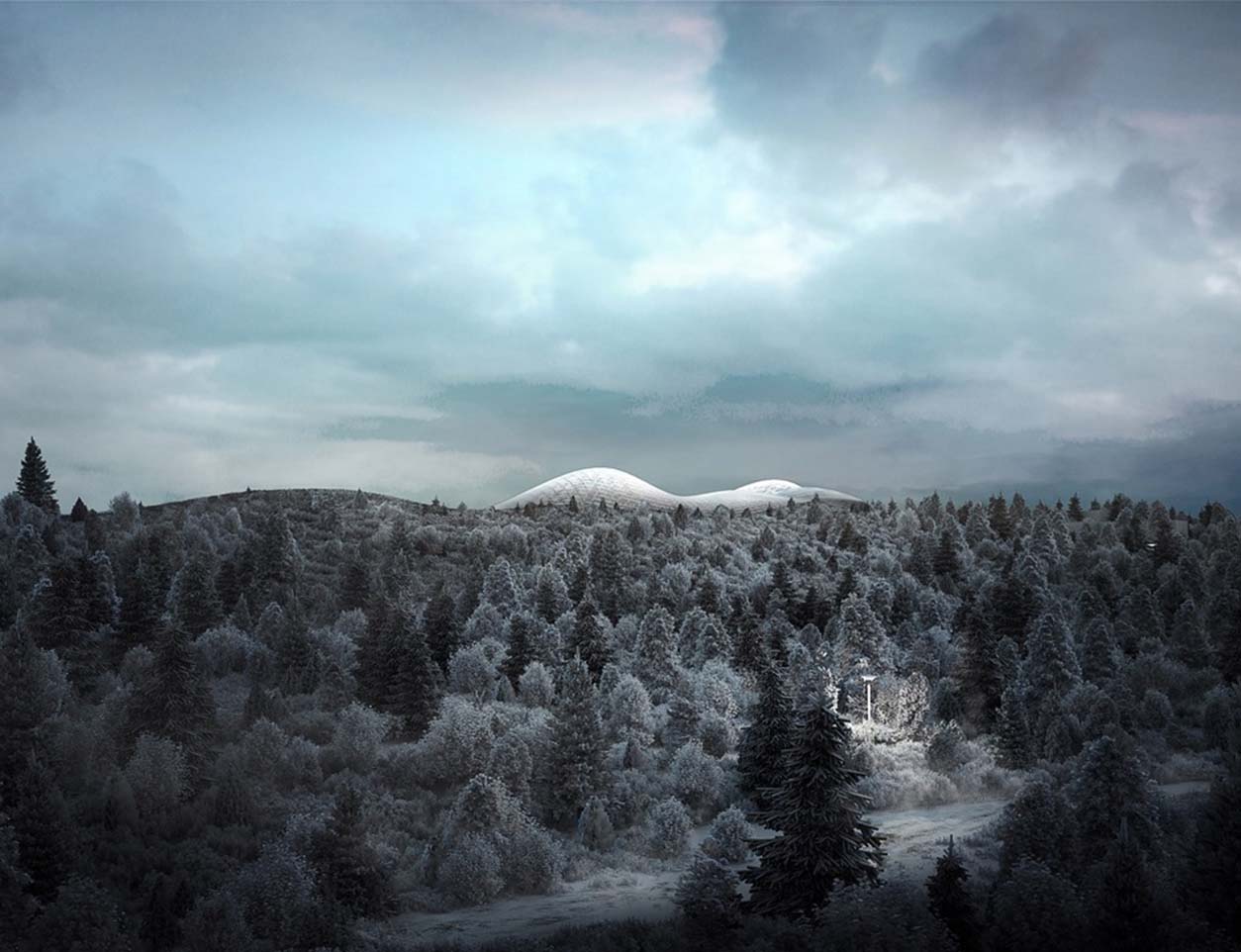
Tokyo – Disaster Protection and a Focus on Energy
The Great East Japan Earthquake in 2011 was a cataclysmic event in the nation’s history, triggering a giant tsunami that led to the Fukushima nuclear disaster.
Japan will never forget the loss of life and devastation, but the tragedy served to further amplify the government's efforts to protect its citizens, particularly in the event of disaster striking Tokyo, one of the most populous cities on Earth.
Experts predict that there is a 70 percent possibility of an earthquake directly hitting Tokyo within the next 30 years, and the impact could be catastrophic. A magnitude-7.3 earthquake striking northern Tokyo Bay could kill 9,700 people, injure almost 150,000, and sever critical infrastructure such as electricity, gas, water. With an estimated 600,000 overseas visitors expected to flock to the Japanese capital for the 2020 Olympic Games, quake-proofing Tokyo is more important than ever.
But if there is any city truly prepared for an earthquake dubbed “X Day” – it is Tokyo.
The city has been rebuilt twice during the past century – once after the 7.2-magnitude 1923 Great Kanto earthquake and once more after the city was bombed in World War II.
Ever since, the government has taken the opportunity to rebuild with smart technology and human-centric design to put the safety of its citizens at the forefront. Post-quake reconstruction has led to city-wide infrastructure from shake-proof buildings and silos that can collect excess water to prevent flooding, to technological innovation, such as the city’s world-famous seismic alert system, which can detect a quake 80 seconds before it arrives.
As well as offering survival tips in a 338-page manual, Disaster Preparedness Tokyo (Tokyo Bousai*), the Tokyo Metropolitan Government created a free smartphone app with an emergency alarm that offers disaster advice and notifies a user’s loved ones of their whereabouts during an emergency. Another app by the Japan Tourism Agency alerts users to any earthquake of a seismic intensity of 4 or more, along with tsunami warnings and other disaster-related information.
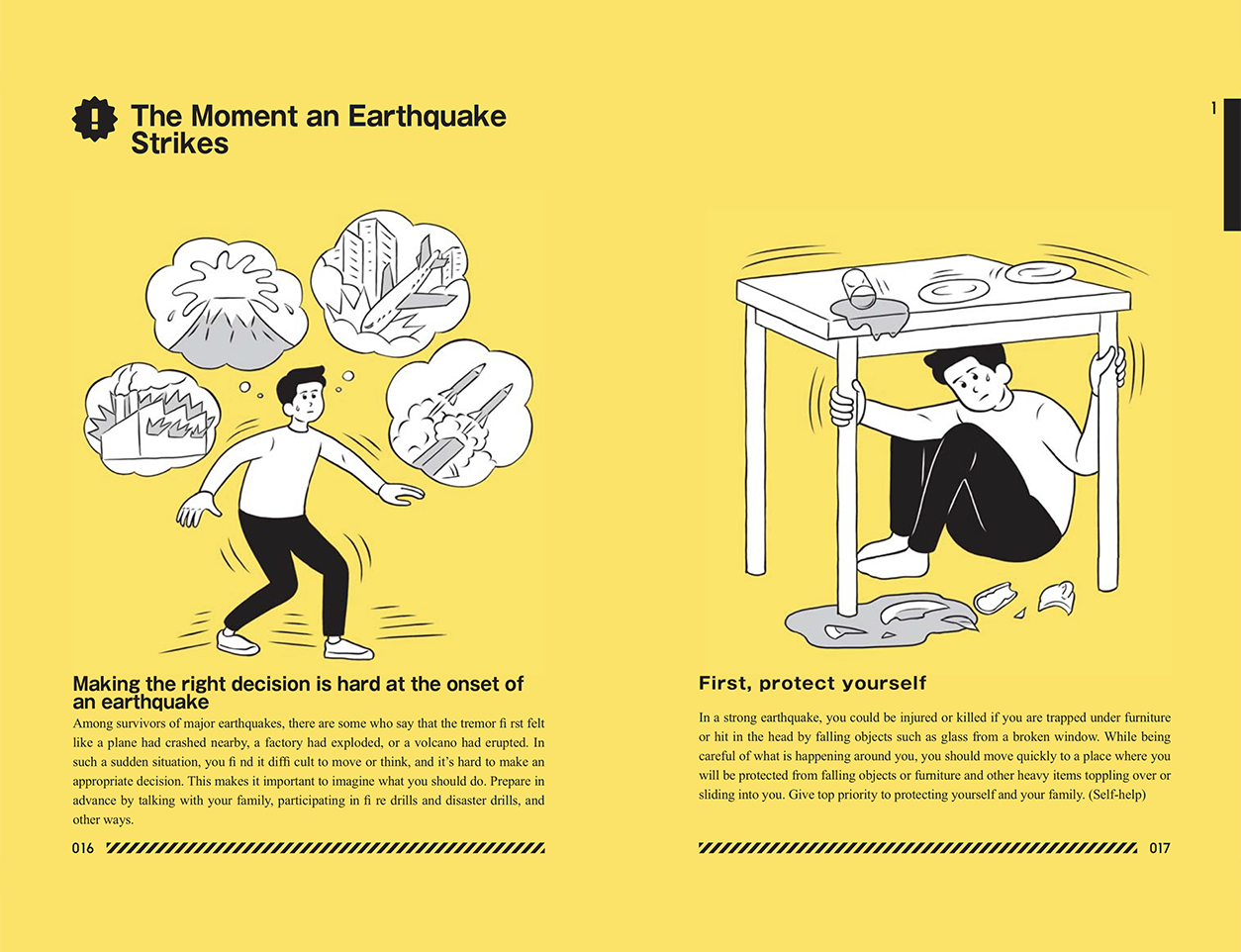
In the event a large-scale quake hits the city, the government has constructed a series of disaster-survival parks where residents can take shelter. The Tokyo Rinkai Disaster Prevention Park is perhaps the best known. The park can be converted into a high-tech survival bunker for citizens, equipped with lampposts fitted with electric outlets, public benches that can transform into cooking stoves and manholes that can be converted into emergency toilets. The park also has water reservoirs and storehouses stocked with enough food for citizens to survive for 72 hours following a disaster. Critical emergency response facilities including local disaster management are headquartered on site.
Nakano Central Park is another disaster-survival park where the neighbouring buildings are constructed with sophisticated seismic isolation systems, which are built over water reservoirs and a storehouse with emergency food supplies.
As well as disaster infrastructure, the meltdown of the Fukushima nuclear power plant led to renewed measures towards achieving a nationwide goal of Smart Energy. Japan consumes an estimated 934,000 million kWh/year of electricity, making it the fifth largest electricity consumer in the world behind China, the US, Russia and India.
Among its Smart Energy initiatives Tokyo Power Electric Company (TEPCO) is deploying 30 million smart meters as part of a citywide internet of things (IoT) network which will connect close to 30 million smart devices upon completion. Smart grids are being tested to safeguard the country’s power supply system, making it less vulnerable to the catastrophic effects of natural disasters.
The smart meters allow customers to monitor their energy usage every 30 minutes and near real time through TEPCO portal sites, encouraging them to change their consumption patterns. TEPCO is also exploring the possibility of meters alerting emergency services or caregivers when there are anomalies in electricity use – a measure which could protect customers from unauthorised access to their residence, and potentially protect Tokyo’s elderly residents, many of whom live alone and may not be able to call for help if they fall and hurt themselves.
The energy data from the smart meters could also prove incredibly useful when planning for emergencies.




